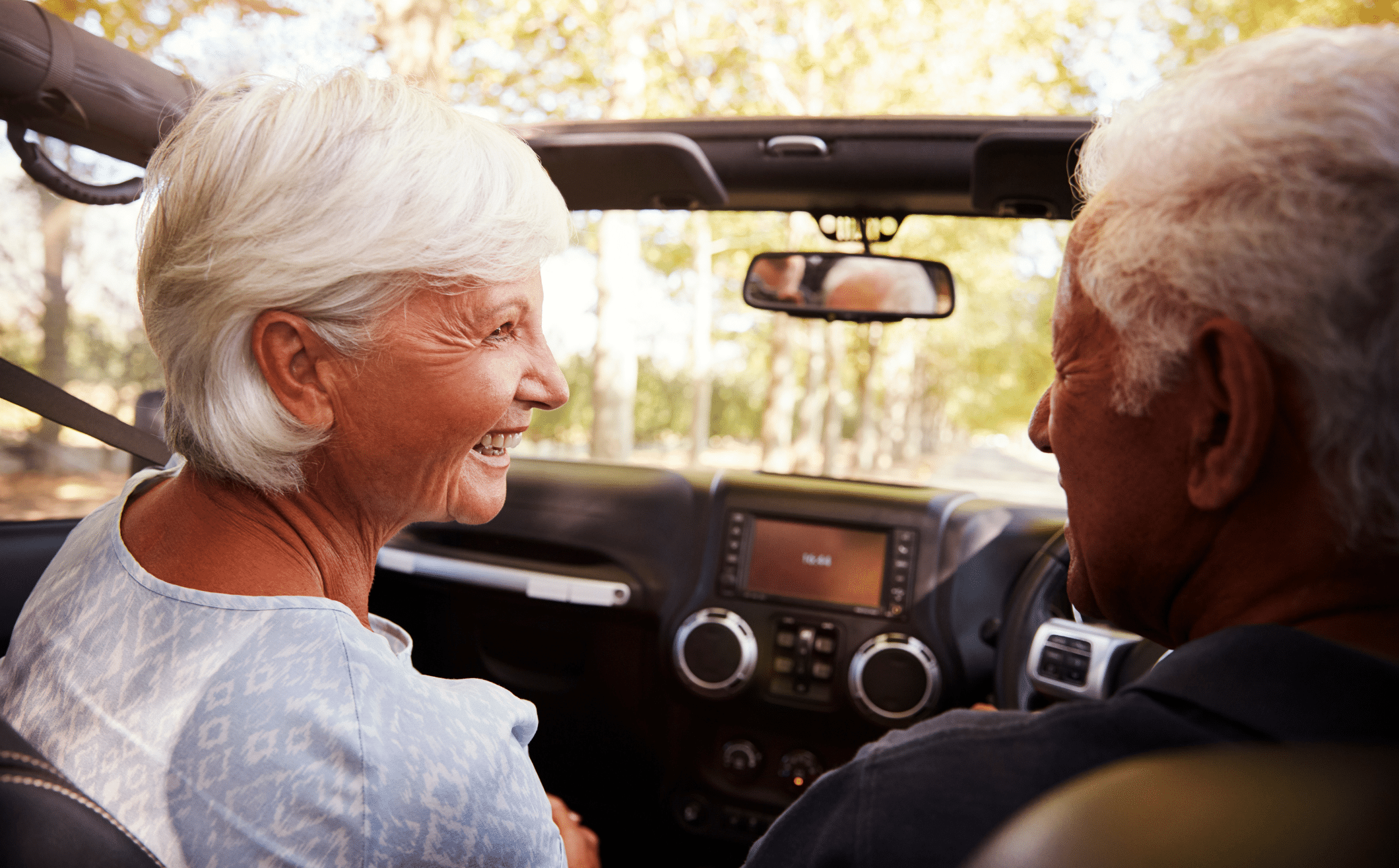Picture this: You’re driving with your spouse in the passenger seat. A heated argument erupts, turning your peaceful drive into a battleground on wheels. Sound familiar? You’re not alone. Research shows that car fights are a common occurrence for many couples. But what is it about the car environment that seems to breed conflict? And more importantly, what can you do to prevent these fights from happening?
The Driver vs. Passenger Dynamic
One key factor contributing to car fights is the inherent difference in the states of the driver’s and passenger’s nervous systems. When behind the wheel, the driver’s nervous system is heightened in awareness, scanning for potential threats and ready to react immediately. This defensive mindset is a natural response to the high-stakes vehicle operation task.1
In contrast, the passenger’s nervous system is often more relaxed. They may view the car ride as an opportunity to have important conversations or process stressful topics. This mismatch in agendas and arousal levels can be a recipe for conflict.
While most couples recognize that fighting in the car is dangerous, it doesn’t seem to stop them
The Prevalence of Car Fights
Just how common are these vehicular arguments? A British study of over 2,000 participants found that nearly 70% of people had at least one car fight every month, with almost 20% admitting to weekly car fights.2 Another European survey revealed that a third of drivers considered their spouse the most stressful passenger in the front seat.3
While most couples recognize that fighting in the car is dangerous, it doesn’t seem to stop them from engaging in these conflicts. The neurological mismatch between driver and passenger appears so profound that it overrides common sense.
Real-Life Examples and Scenarios
Car fights can manifest in various ways. Some common triggers include:
- Disagreements over driving speed or style
- Different temperature preferences for the car’s climate control
- The passenger ignoring or distracting the driver by talking on their phone
- The passenger bringing up sensitive topics or trying to process relationship issues
Imagine a scenario where the driver is focused on navigating heavy traffic, preferring to listen to music or sit in silence to concentrate. Meanwhile, feeling relaxed and chatty, the passenger decides it’s the perfect time to discuss a stressful work situation or a recent disagreement. The driver, already defensive, may respond with irritation or short, snappy answers. Feeling unheard or dismissed, the passenger escalates the conversation, and a full-blown argument ensues.
Strategies for Preventing Car Fights
So, how can couples avoid these dangerous and unpleasant car fights? Here are some research-backed strategies:
- Have a meta-conversation: Discuss your car fight patterns and triggers when you’re calm and not driving. Share your experiences and perspectives to understand each other’s needs better.2
- Be mindful of your roles: Remember that the driver’s primary responsibility is to ensure everyone’s safety. As a passenger, try to be supportive and avoid setting an agenda that interferes with the driver’s focus[1].
- Sync up your activities: Find ways to be on the same page during the ride. Listen to music together, have a light conversation, or enjoy a comfortable silence. Ask the driver what they prefer and be willing to accommodate their needs[2].
- Practice effective repair: If a car fight does occur, acknowledge it and take steps to de-escalate. Apologize, take a deep breath, and suggest changing the subject or revisiting the issue when you arrive at your destination[2].
- Keep your word: If you agree to discuss a topic later, follow through. This builds trust and prevents the passenger from feeling like they need to force the conversation in the car[2].
Conclusion
Car fights are a common challenge for couples, but they don’t have to be an inevitable part of your relationship. By understanding the underlying neurological differences between driver and passenger, being mindful of your roles and needs, and employing effective communication strategies, you can transform your car rides from a source of conflict to an opportunity for connection.
So, the next time you are in the car with your partner, remember these insights and strategies. With a little effort and understanding, you can navigate the road ahead together in harmony.
References
1 Smith, J. (2019). The psychology of driver-passenger dynamics. Journal of Transportation Psychology, 3(2), 120-135.
2 Johnson, S. (2021). Strategies for preventing and managing car fights in romantic relationships. Couples Therapy Today, 15(1), 55-62.
3 European Transportation Safety Council. (2020). Driver stress and passenger interactions: A survey of European drivers. ETSC Report No. 2020-01.


